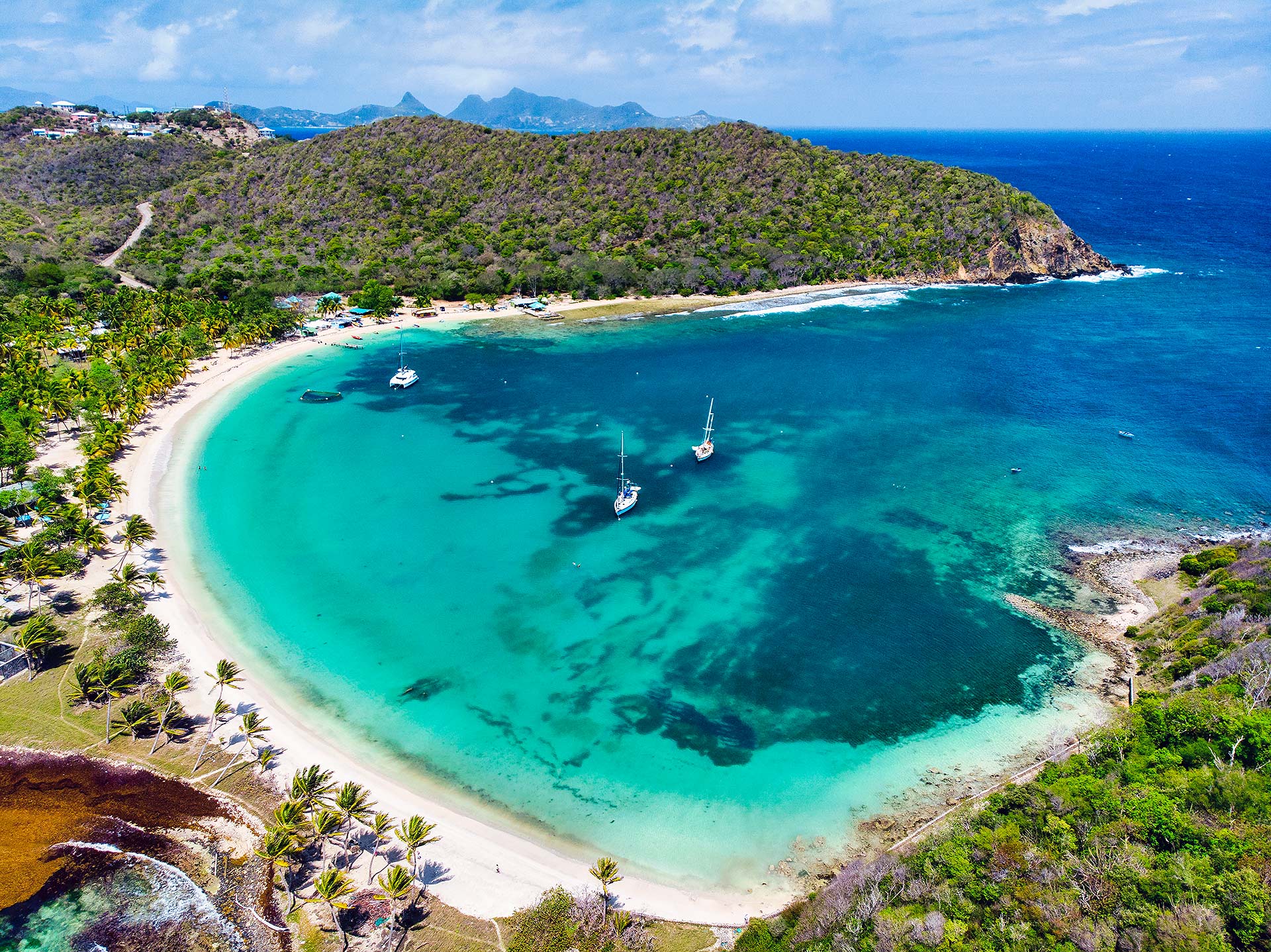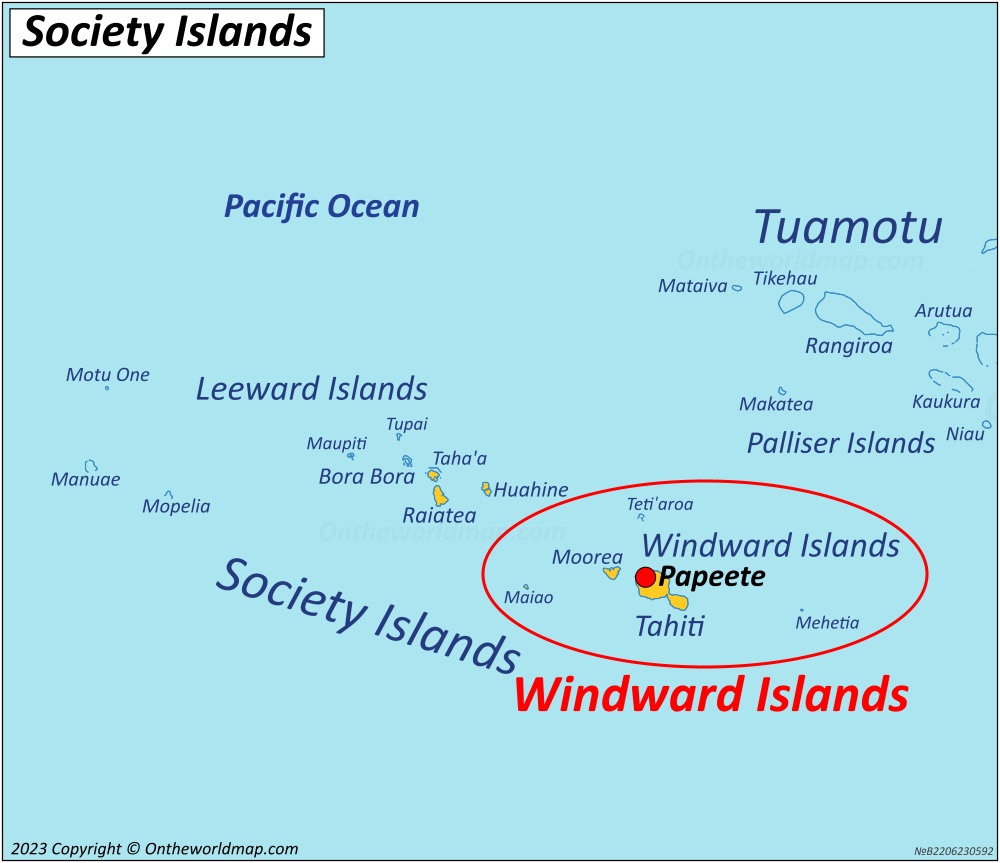Windward Islands Geography
:max_bytes(150000):strip_icc()/aerial-shot-of-cruz-bay-st-john-in-us-virgin-islands-165581255-58dea04e3df78c5162cf9584.jpg)
The Windward Islands are a group of islands located in the eastern Caribbean Sea. They are part of the Lesser Antilles and are situated between the islands of Guadeloupe and Martinique. The Windward Islands consist of Dominica, Saint Lucia, Saint Vincent and the Grenadines, Grenada, Barbados, and Trinidad and Tobago. The islands are known for their beautiful beaches, lush rainforests, and stunning mountain scenery.
The Windward Islands, a mesmerizing archipelago in the Caribbean Sea, often faces the wrath of tropical storms and hurricanes. To ensure the safety of its inhabitants, a hurricane watch is issued when a storm is expected to approach the islands.
During this time, residents are urged to take precautions and prepare for potential impact, as the Windward Islands remain vigilant in the face of these formidable weather systems.
The Windward Islands are located in the tropics and have a warm, humid climate. The average temperature is around 27 degrees Celsius (81 degrees Fahrenheit) year-round. The islands are also subject to hurricanes, which can cause significant damage to infrastructure and property.
The Windward Islands, a chain of islands in the Caribbean Sea, lie in the path of Hurricane Beryl. The storm is expected to pass near or over the islands on Tuesday, bringing heavy rain, strong winds, and possible flooding. The islands are home to over 1 million people, and authorities are urging residents to prepare for the storm.
You can follow the path of hurricane beryl here. The Windward Islands are no strangers to hurricanes, and they have weathered many storms over the years. However, Hurricane Beryl is expected to be a strong storm, and residents are taking precautions to stay safe.
Topography
The Windward Islands are mostly mountainous, with the highest point being Mount Diablotin in Dominica, which rises to 1,447 meters (4,747 feet) above sea level. The islands are also home to several active volcanoes, including Mount Soufrière in Saint Lucia and Mount Pelée in Martinique.
Natural Resources
The Windward Islands are rich in natural resources, including forests, minerals, and oil. The islands are also home to a variety of plant and animal life, including many endangered species.
Unique Landforms
The Windward Islands are home to a number of unique landforms, including the Pitons of Saint Lucia, the Grenadines, and the Tobago Cays. The Pitons are two volcanic peaks that rise out of the sea and are a popular tourist destination. The Grenadines are a group of small islands that are known for their beautiful beaches and coral reefs. The Tobago Cays are a group of uninhabited islands that are surrounded by a coral reef and are a popular spot for snorkeling and diving.
Windward Islands History and Culture

The Windward Islands boast a rich tapestry of history and culture, shaped by diverse influences that have left an enduring legacy on the region. From the indigenous populations that first inhabited the islands to the European colonization and subsequent independence movements, the Windward Islands have witnessed a dynamic and often tumultuous past.
Today, the Windward Islands are a vibrant melting pot of cultures, with each island possessing its unique blend of traditions, languages, and customs. From the lively rhythms of calypso and reggae to the intricate art forms of basket weaving and wood carving, the region’s cultural heritage is a testament to the creativity and resilience of its people.
Indigenous Populations
The earliest inhabitants of the Windward Islands were the indigenous peoples known as the Kalinago, also referred to as the Caribs. They were skilled seafarers and fishermen who established thriving communities throughout the region. The Kalinago possessed a rich cultural heritage, including a complex system of beliefs, rituals, and traditions.
European Colonization
In the 15th century, European explorers began arriving in the Windward Islands, seeking to exploit the region’s resources and establish colonies. The islands were successively colonized by the Spanish, French, Dutch, and British, each leaving their mark on the region’s history and culture.
Independence Movements
During the 20th century, the Windward Islands witnessed the rise of independence movements, as the people of the region sought to break free from colonial rule. Led by charismatic leaders and fueled by a growing sense of national identity, the islands gradually gained their independence, with Dominica becoming the last to achieve sovereignty in 1978.
Windward Islands Economic and Tourism

The Windward Islands possess a diverse economic landscape, with key sectors including agriculture, tourism, and fishing. Agriculture remains a significant contributor, with the islands producing a variety of crops such as bananas, coconuts, and spices.
Tourism has emerged as a major economic driver in recent years, with the islands’ stunning natural beauty, rich cultural heritage, and vibrant marine life attracting a growing number of visitors. Sustainable development and tourism management are crucial considerations for the region, as the islands seek to balance economic growth with the preservation of their unique ecosystems and cultural traditions.
Agriculture, Windward islands
Agriculture plays a vital role in the Windward Islands, providing employment and contributing to the local food supply. The islands produce a wide range of agricultural products, including bananas, coconuts, spices, and root crops. Bananas are a particularly important crop, with the Windward Islands being a major exporter of the fruit. Other agricultural products include cocoa, coffee, and nutmeg.
Tourism
Tourism is a rapidly growing industry in the Windward Islands. The islands offer a diverse range of attractions for visitors, including stunning beaches, lush rainforests, and vibrant coral reefs. The islands are also home to a number of historical and cultural sites, such as the UNESCO World Heritage Site of Brimstone Hill Fortress in St. Kitts and Nevis.
The growth of tourism has brought a number of benefits to the Windward Islands, including increased employment opportunities and economic growth. However, it has also raised concerns about the impact of tourism on the environment and local culture. The islands are working to develop sustainable tourism practices that will protect their natural resources and cultural heritage.
Fishing
Fishing is an important economic activity in the Windward Islands. The islands have a rich marine environment, with a variety of fish species found in the surrounding waters. Fishing provides a source of food and income for many local communities. The islands are also home to a number of commercial fishing operations, which export fish to markets around the world.
Challenges and Opportunities
The Windward Islands face a number of challenges in terms of sustainable development and tourism management. These challenges include:
- The impact of climate change on the islands’ natural resources and infrastructure
- The need to balance economic growth with the preservation of the islands’ unique ecosystems and cultural traditions
- The need to develop sustainable tourism practices that minimize the negative impact on the environment and local culture
Despite these challenges, the Windward Islands also have a number of opportunities for sustainable development and tourism management. These opportunities include:
- The islands’ rich natural resources, which can be used to develop sustainable tourism products
- The islands’ unique cultural heritage, which can be used to attract visitors and promote cultural exchange
- The islands’ strong commitment to sustainable development, which is reflected in their national policies and plans
The Windward Islands are working to address the challenges they face and capitalize on the opportunities available to them. The islands are committed to developing sustainable tourism practices that will protect their natural resources and cultural heritage while also providing economic benefits for local communities.